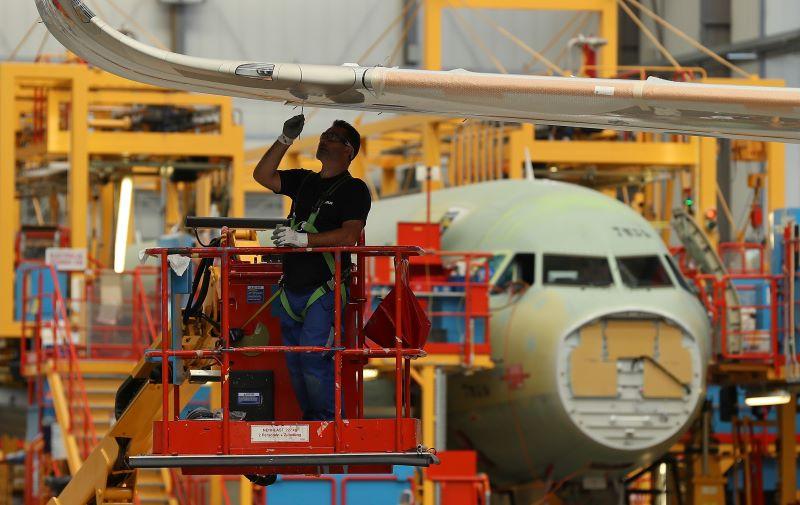
Credit: Sean Gallup/Getty Images
Recovering passenger demand coupled with airlines’ push for more cost-efficient operations could soon drive narrowbody production rates past where they were before the 2020 downturn, Triumph Group President and CEO Dan Crowley said. “Pre-COVID-19, we were talking about commercial narrowbody rates...
Subscription Required
Triumph Bullish On Narrowbody Recovery’s Prospects is published in Aviation Daily, an Aviation Week Intelligence Network (AWIN) Market Briefing and is included with your AWIN membership.
Already a member of AWIN or subscribe to Aviation Daily through your company? Login with your existing email and password
Not a member? Learn how to access the market intelligence and data you need to stay abreast of what's happening in the air transport community.

